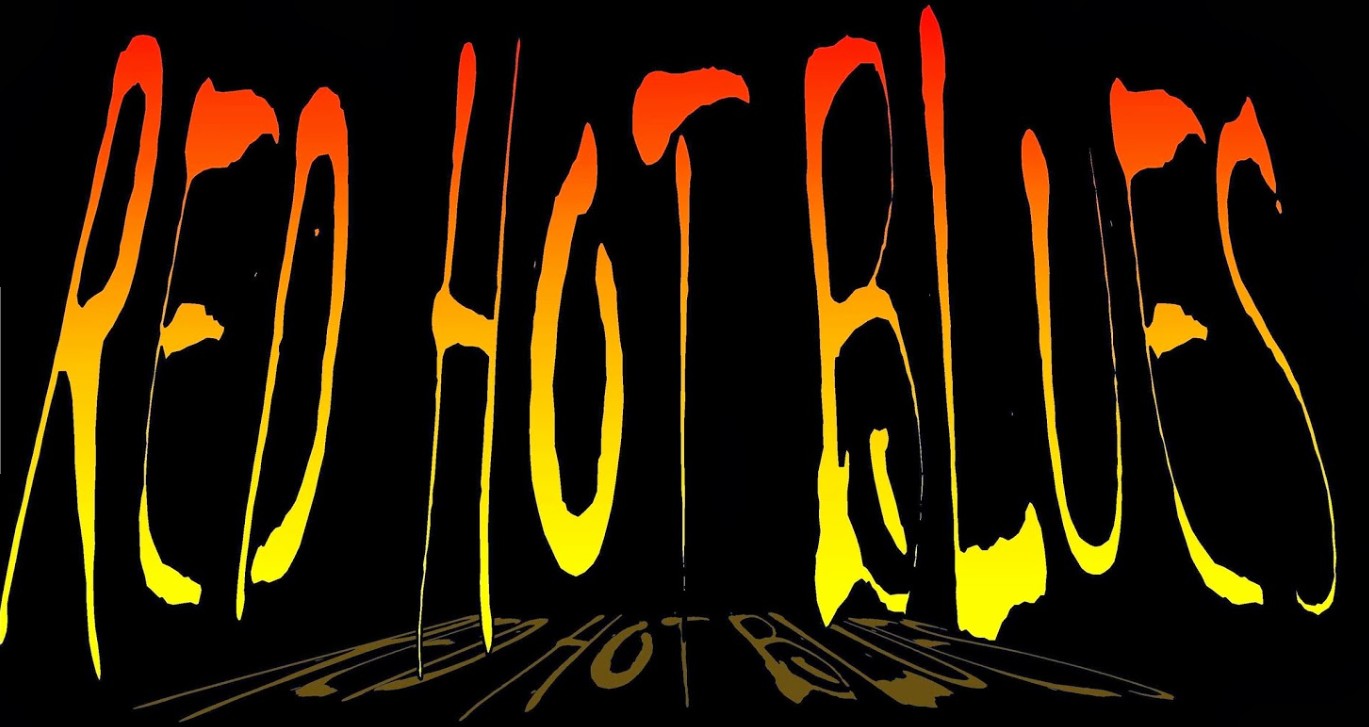Blues
Blues, born in African-American communities of the Deep South in the late 19th century, shares roots with country jazz and ragtime. Its diverse subgenres include country blues, city blues, and delta blues.
African-American Influence
The genre’s rhythmic complexity reflects African musical traditions, with off-beat rhythms and social themes. Distinctive raspy vocals and twangy notes set blues apart, while its incorporation of major and minor chords creates a unique emotional range.
Exploring Various Subgenres
Blues music encompasses a wide range of distinct subgenres, each offering its own unique sound and characteristics. For instance, country blues tends to be more simplistic and raw in comparison to the more sophisticated jazz-influenced blues.
Piedmont blues is another subgenre characterized by the influence of ragtime piano. Originating in the South during the Great Depression, it gained popularity as Delta musicians performed in major cities like Chicago and New Orleans.
Chicago Blues, despite its evolving modern form, has become more accessible due to its diverse stylistic developments. This genre has gained popularity not only in the United States but also in numerous other countries.
Conclusion
In conclusion, blues music comprises a variety of genres and subgenres. Defined by its slow, groovy, and melancholic moods, blues music is distinguished by elements such as soulful vocals, distorted electric guitar, steady rhythm, and expressive harmonica melodies.


